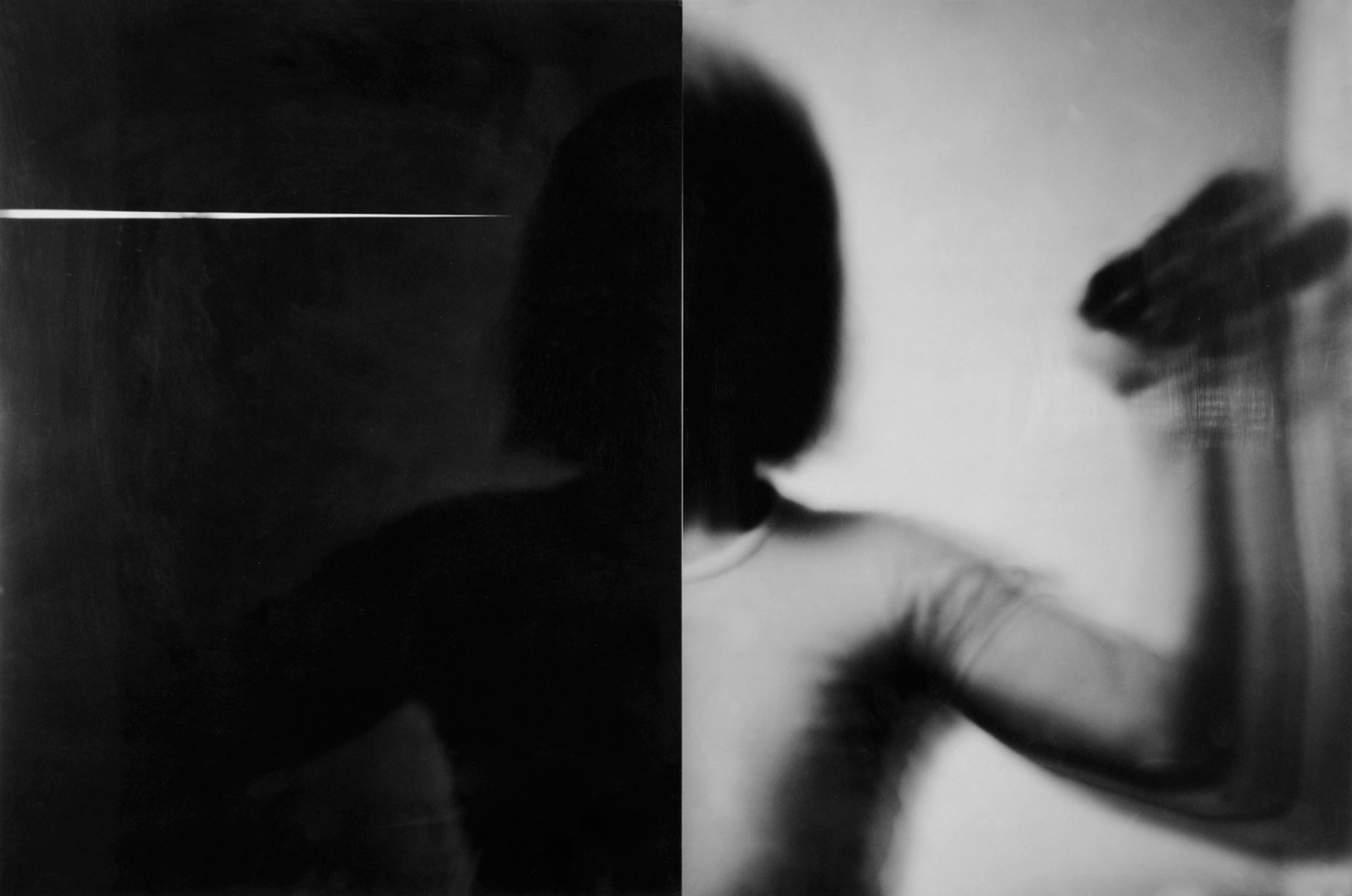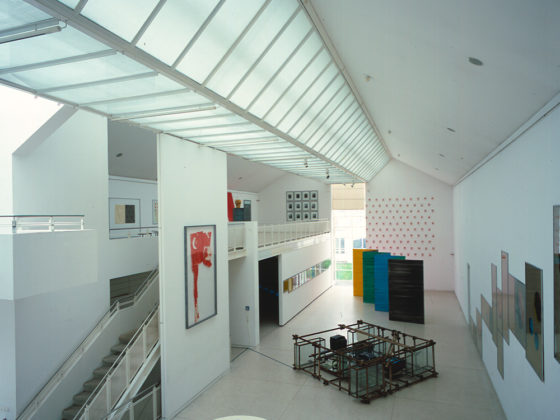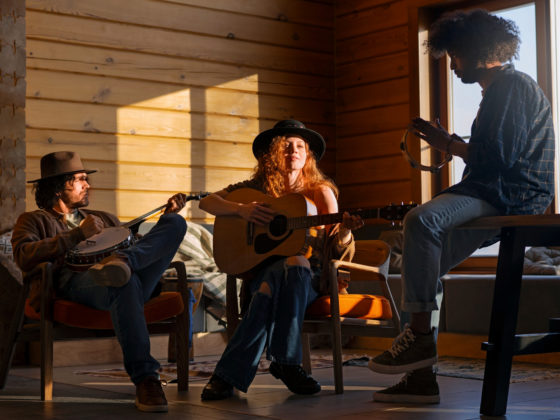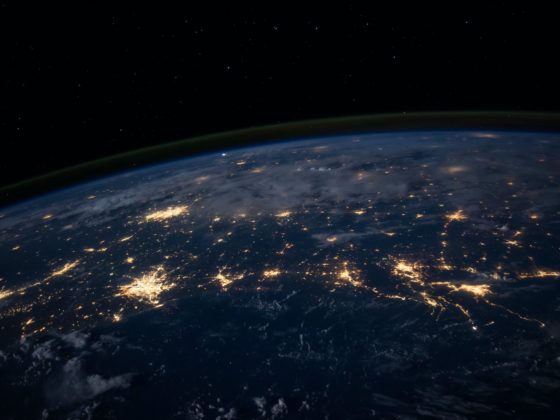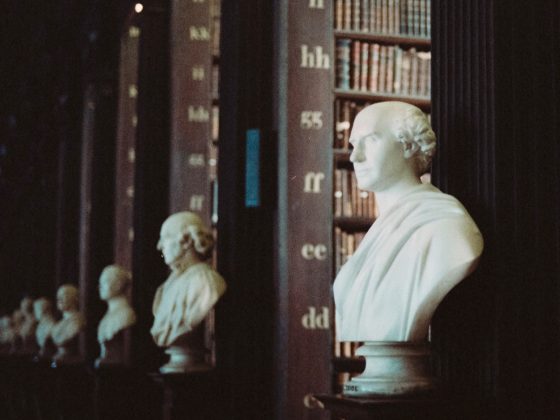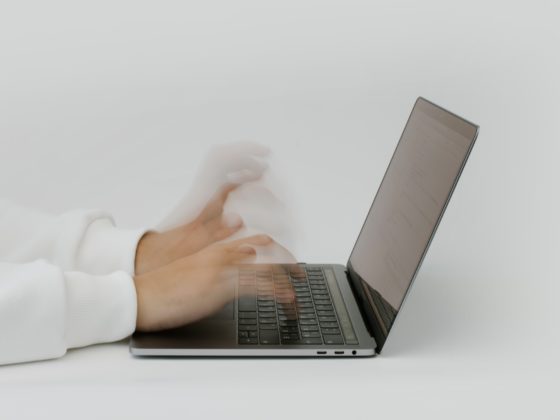What else can be added – from a point of view of a critic at least one generation younger than Stanisławski and from a position of a co-participant in certain artistic events, which shaped Duniko in Poland in the 1970s? Not much – Stanisławski’s statement is strikingly to the point and exhausting. R. Stanisławski writes about the world art: Conventionally the first part of the 1970s is considered to be the time of domination of conceptual discipline, one must assume that it was from that period of time, not from the later trans-avantgarde of painting or post-modernist chaos and indifferentism “anything goes” that the artists’ exceptionally independent attitude, exploding with imagination and demurgism, inventive in a sphere of structures and types of behaviour in front of the public. I mean those artists, who seek in a sphere of ideas as well as a subversive function of objects.
From a point of view of a typically Polish experience, I can also confirm these statements. In Poland in the beginning of the 1970s in the awareness of artistic elites the doctrinaire and ascetic aura of conceptual art with its overproduction of philosophical texts about art was already fading. Something was ending although nothing new wanted to begin. A flock of young Polish artists, debutantes of the first half of the 1970s, among whom Dunikowski was an important figure, still looks carefully at conceptualism, however from the latecomers’ position – fascinated by that poetics and at the same time more free that creators who had had to implement that poetics earlier with much more difficulty. They could already play with it, create “variations on…” and even seek some point of resistance against conceptualism. It can be clearly seen at Duniko’s series: PAPER ART. Fist he prints large sheets of computer paper over with his own texts, and later he freezes them… Experiments from an earlier decade are still being performed – experiments with new techniques of imagery – photography, film and TV imagery (“private” video registration of vision was still out of reach of Polish artists at that time). But at the same time this technique and mechanics were subjected to “softening” by an artist’s body and breath, by placing registration tools in new spatial and material contexts. Good examples are projects of Duniko’s “construction” using TV monitors, divided by mirrors and broadcasting real programme, and placed in the context of water and colourful fluids, containing biological refuse, such as guts, as wellcivilization and private refuse, such as broken Christmas tree ornaments.
The 1970s, by their appearance between two stylistically distinct formations, contradictory at many points: conceptual and expressive ones, were the time of freedom of art manifestation, freedom from all stylistic “devations”, release from traps of interpretation.
We shall add that in Poland in the 1970s for the first time from the moment of installation of socrealism a possibility appeared of such a distinct expansion of a circle of liberal artistic elites, very narrow before, acting within a strictly regulated framework in various artistic centres: Warsaw, Krakow, Wrocław, Łódź, Lublin, Toruń, and Gdańsk, as well as during festivals and symposia – in Nowa Ruda, Trzcianka and Świnoujście.
In the whole anarchism of Dunikowski-Duniko’s art, permeated with freedom and joy of creation, there is something which seems original and at the same time distinguishing for the whole art of the end of the 20th century. It is – what I had already stressed in Duniko’s attitude – incarnation of an artist into the art (artist=art, a human=art, life=art). It is to this specific operation fulfilling itself in the artist’s whole life that another idea joins, described by Stanisławski, as well as an another important value – idea of a constant change. It was Duniko who first dared to express his manifesto: I am always changing, 1972.
I am always changing to remain myself. I am changing because I remain free. This is the breakthrough Point of No Return, which is indicated in art by Wincenty Dunikowski-Duniko together with the elite of artists of his generation.
Jan Stanisław Wojciechowski

Artykuł publikowany w ramach Programu Operacyjnego Promocja Czytelnictwa
ogłoszonego przez Ministra Kultury i Dziedzictwa Narodowego



